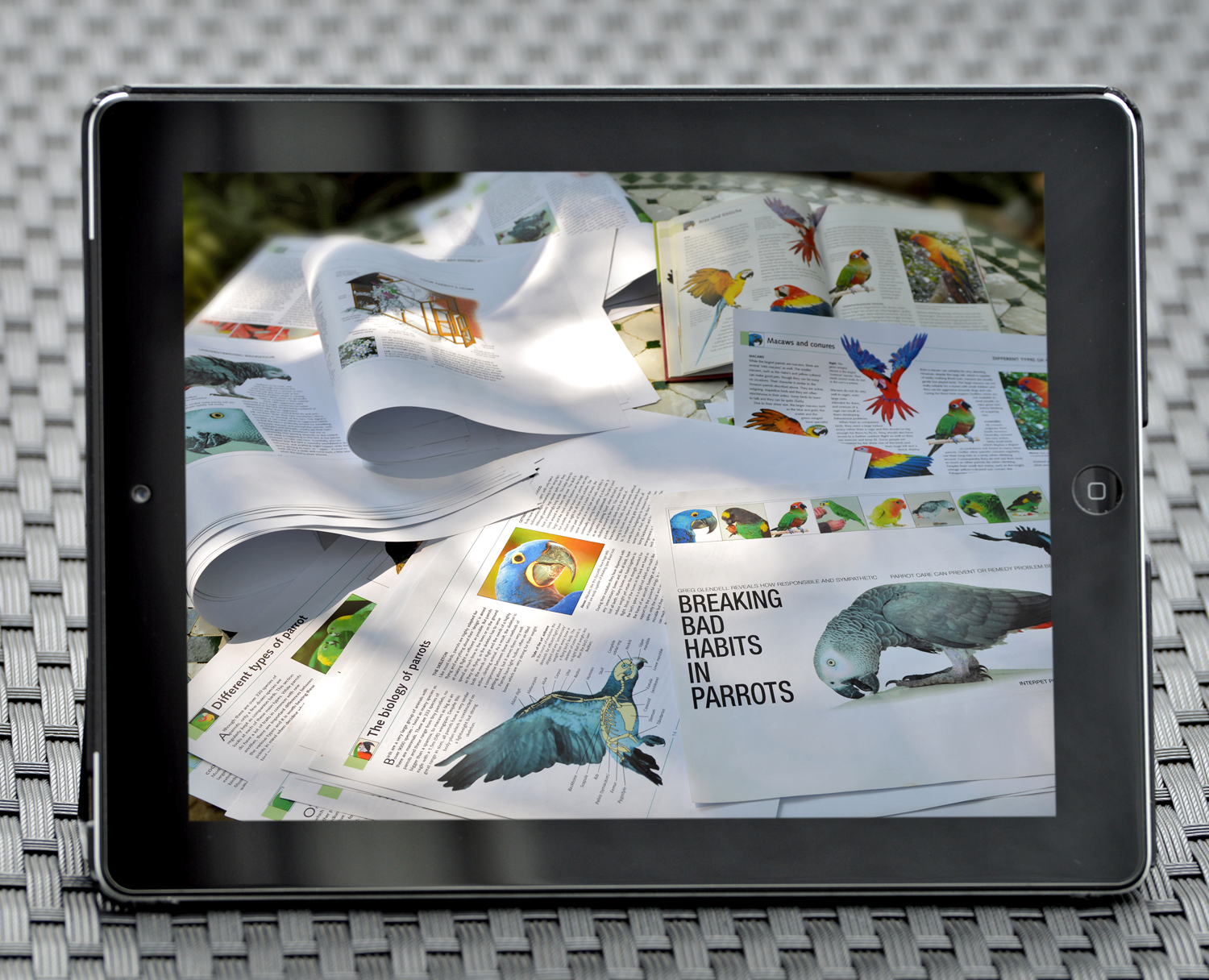A different language is a different vision of life.
Federico Fellini
Translating is more than just translating. Which child does not know The Little Prince by Antoine de Saint-Exupéry (translated into over 350 languages)? Or the cheeky Pippi Langstrumpf by Astrid Lindgren (translated into 77 languages)? They have become famous all over the world and are the best example of literary translations. Technical translations basically cover descriptions and instructions for technical devices. Film synchronisation and sub-titling explain themselves. Machine translating involves the use of software to pre-translate texts.
And then there is literal, free and cultural translations. Literal translations are largely used for patents and technical subject matter where accurate terminology and wording is vital. A free translation disengages itself from the original text and focusses on the content – but does not change it. A cultural translation involves adapting the text to the cultural realities in the respective country. It is also called localisation. Finally, there is transcreation whereby the focus is on the conveyance of messages and feelings. It is employed in film and book titles, idioms, advertising slogans, headlines and the like.


